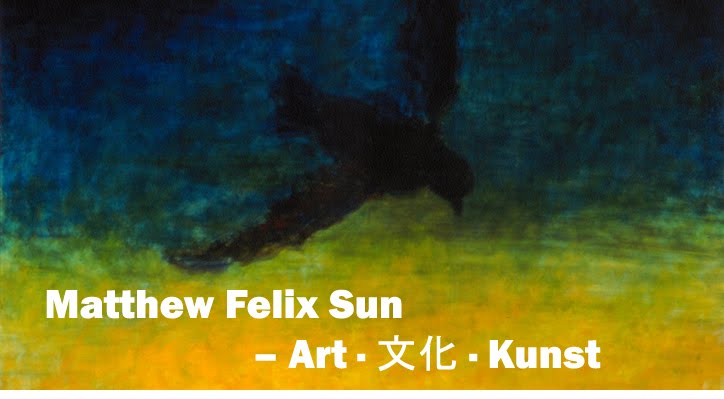Washington Times claimed that "The song in question originally appeared in the soundtrack of "The Battle of Shangganling Mountain," a 1956 Chinese propaganda film lauding China's alleged "triumph" over the U.S. during the Korean War. Its lyrics describe Americans as warmongering "jackals"—hardly the kind of stuff, it would seem, that’s appropriate for a state dinner."
Indeed, Mr. Lang played the theme song music from 1956 Chinese movie Battle on Shangganling Mountain (aka Triangle Hill). The song was hugely popular in China, not only because it pops up Chinese people's national pride, it's melody was also quite beautiful in the sentimental and saccharine way - considering Chinese people were used to be treated with militant songs, its popularity was easy to understand. The movie and the song were denounced in China during Cultural Revolution, due to its petty-bourgeois sentiment and its daring to tough on human emotions. Only after the death of Mao and the arrest of his widow, the movie and the song made a comeback and many people who lived through 1950s welcomed the song with great nostalgia, which many young people, perhaps include Lang Lang, never made connection to the song's Korean War background, despite the lyrics:

Wikepedia gives another translation:
1.
- Chorus
Wind blows through rice flowers, bearing fragrance to both shores
My family live right there by the water
I am used to hearing the punters' call
And seeing the white sails on the boats
- Solo
Wind blows through rice flowers, bearing fragrance to both shores
My family lives right there by the water
I am used to hearing the punters' call
And seeing the white sails on the boats
- Chorus
This is the place where I grew up
On this expansive stretch of land
Everywhere there is wonderful scenery to behold
2.
- Solo
How big and determined are the hearts of the young men
In order to usher in a new era
They've woken the sleeping mountains
And changed the face of the river
- Chorus
This is the place where I grew up
On this stretch of ancient land
There is youthful vigor everywhere
3.
- Solo
Every road is broad and wide
If friends come, there is fine wine
But if the wolves come
Those who greet him have hunting guns
- Chorus
This is the place where I grew up
On this stretch of warm and friendly land
There is peaceful sunshine everywhere
The movie segment including the song can be viewed on YouTube:
Now you can decide if there was a nationalism fever or not.

































